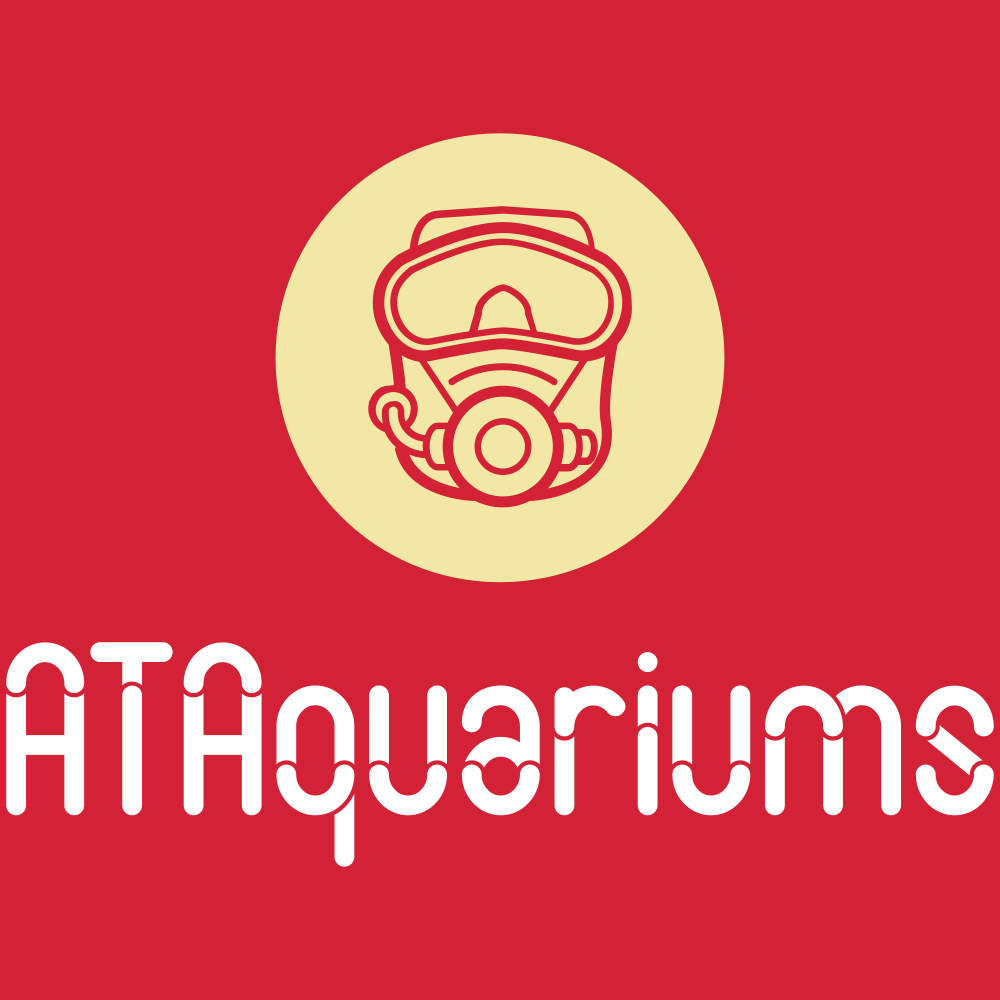 Image 1 of 1
Image 1 of 1


Purple Monster Acropora
The Purple Monster Acropora (Acropora sp.) is a legendary, aquacultured small polyp stony (SPS) coral strain with cult status in the reef aquarium hobby, originating from wild imports in the Solomon Islands and popularized by early importers like Steve Tyree and Jake Adams of Reef Builders. Jake Adam’s and Tim Kelly rediscoverd the Purple Monster in the Solomons in 2015 on a Solomon Islands expedition. dIt's revered as the "SPS holy grail" for its rarity, extreme demands, and transformative purple hues, but it's notoriously challenging even for advanced keepers.
Appearance
Structure: Features dense, thick branching with a smooth, velvety texture and short, robust fingers that form compact, bushy colonies rather than airy or tabular growth.
Coloration: Displays intense deep purple branches contrasted by crisp white polyps that stand out vividly; under actinic or blue-heavy lighting, the purple deepens dramatically, creating a glowing, monochromatic effect. Coloration can shift with conditions—e.g., base polyps may turn green under elevated nitrates but revert to white once stabilized.
Size and Growth: Frags are tiny (often pencil-eraser sized), with excruciatingly slow growth—typically just 1 inch per year under ideal setups, though higher nutrients can accelerate it to baseball-sized colonies in 18 months.
The Purple Monster Acropora (Acropora sp.) is a legendary, aquacultured small polyp stony (SPS) coral strain with cult status in the reef aquarium hobby, originating from wild imports in the Solomon Islands and popularized by early importers like Steve Tyree and Jake Adams of Reef Builders. Jake Adam’s and Tim Kelly rediscoverd the Purple Monster in the Solomons in 2015 on a Solomon Islands expedition. dIt's revered as the "SPS holy grail" for its rarity, extreme demands, and transformative purple hues, but it's notoriously challenging even for advanced keepers.
Appearance
Structure: Features dense, thick branching with a smooth, velvety texture and short, robust fingers that form compact, bushy colonies rather than airy or tabular growth.
Coloration: Displays intense deep purple branches contrasted by crisp white polyps that stand out vividly; under actinic or blue-heavy lighting, the purple deepens dramatically, creating a glowing, monochromatic effect. Coloration can shift with conditions—e.g., base polyps may turn green under elevated nitrates but revert to white once stabilized.
Size and Growth: Frags are tiny (often pencil-eraser sized), with excruciatingly slow growth—typically just 1 inch per year under ideal setups, though higher nutrients can accelerate it to baseball-sized colonies in 18 months.

